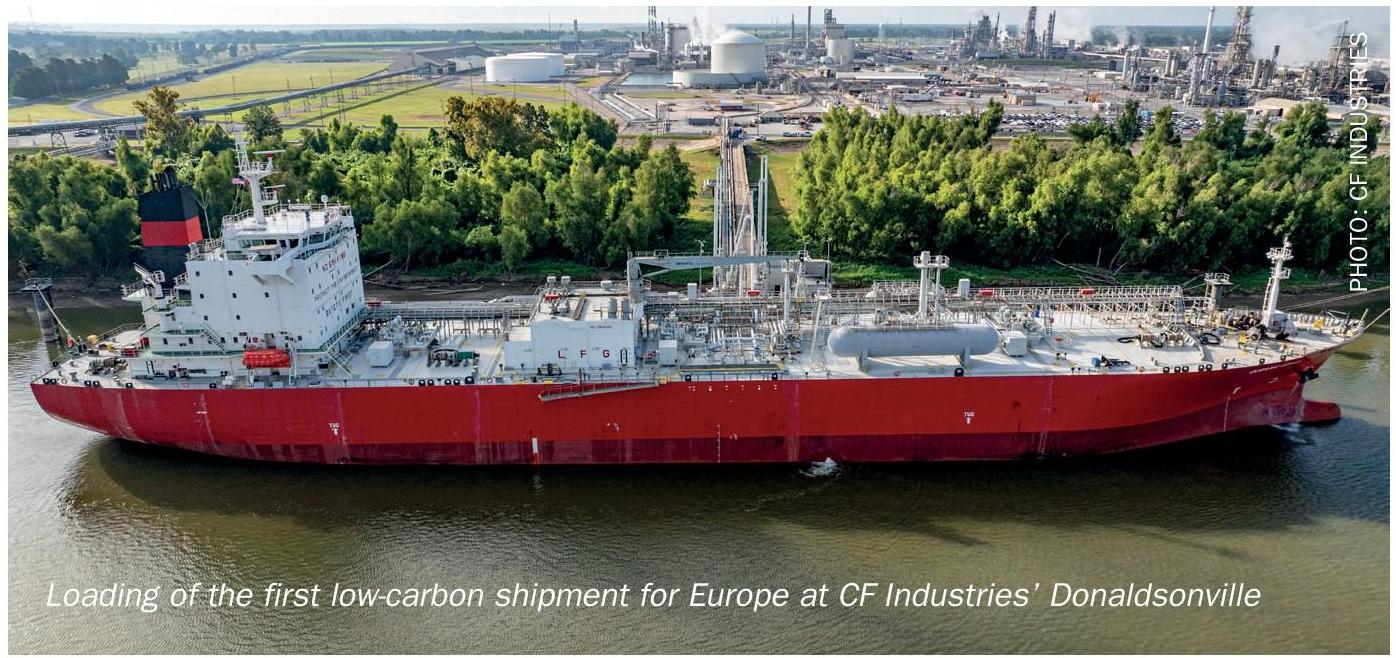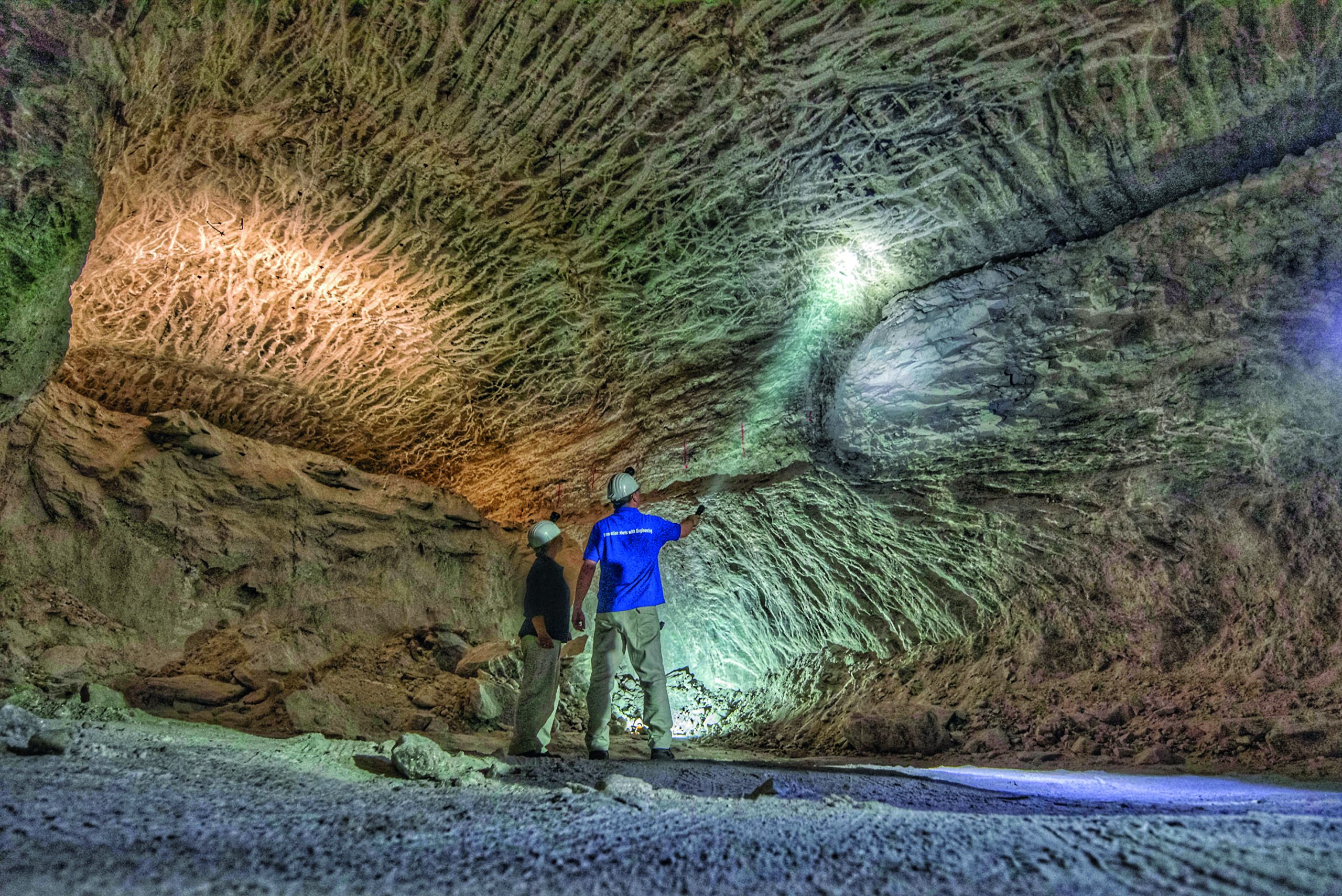Sulphur 418 May-Jun 2025
3 May 2025
Green hydrogen to decarbonise Leuna refinery
TotalEnergies has signed an agreement with the German developer RWE to supply 30,000 t/a of green hydrogen to the Leuna refinery for fifteen years, beginning in 2030. The green hydrogen will be produced by a 300 MW electrolyser, built and operated by RWE in Lingen. Green hydrogen storage will be provided locally. The green hydrogen will be delivered by a 600 km pipeline to the gates of the refinery and will prevent the site’s emission of some 300,000 tons of CO2 beginning in 2030. This is the largest quantity of green hydrogen ever contracted from an electrolyser in Germany.
“We are looking forward to developing further our partnership with RWE, our partner in several offshore wind projects in Germany and the Netherlands. This longterm contract for green hydrogen marks an important milestone to reducing our CO2 emissions at our Leuna refinery. It will be made possible thanks to the completion of the H2 backbone by German authorities and their efficient support to green H2 customers like our Leuna refinery,” said Patrick Pouyanné, Chairman and CEO of TotalEnergies.
“We are proud to have secured the first long-term offtake agreement for green hydrogen of this size with TotalEnergies in Germany. Six months after the investment decision for the construction of the 300-megawatt electrolysis plant in Lingen, we have acquired an important anchor customer in TotalEnergies. This shows that hydrogen works with the right incentives for customers.” said Markus Krebber, Chief Executive Officer of RWE.






